17. The Love Witch (2016)
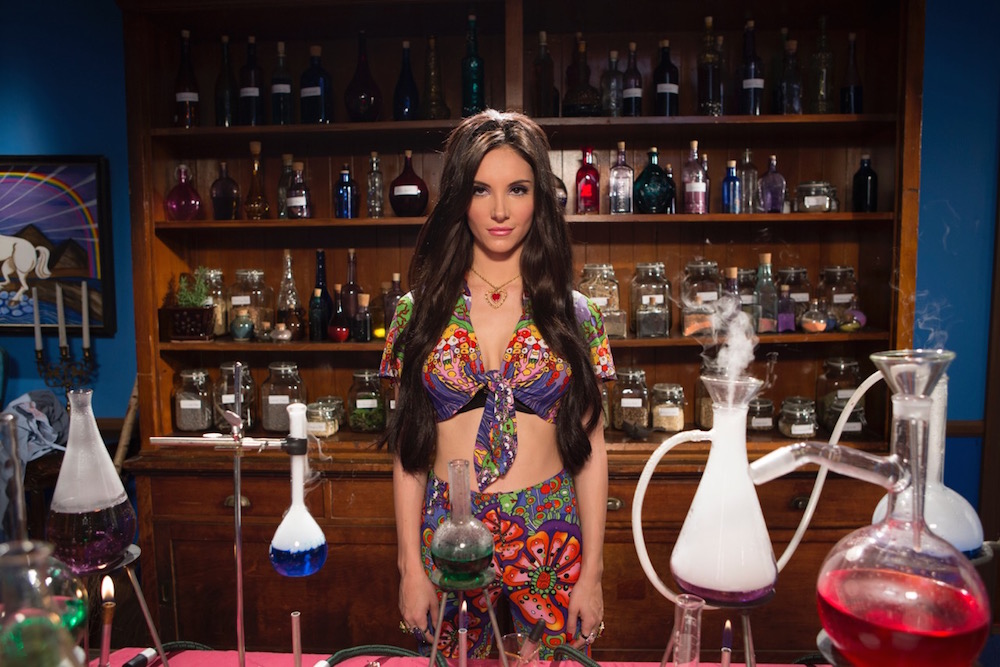
Anna Biller’s delightfully macabre exercise in sassy seduction and strange, vintage sensations feels like it was made in another era but adorned with bracingly modernistic designs. A stunning to look at and thrilling to think about throwback to the Technicolor melodramas of the swinging 60s and the sexploitation cinema that supervened, TheLove Witch stars a smashing Samantha Robinson as Elaine, the eponymous witch.
Beautiful but bloodthirsty, Elaine is determined to find the man of her dreams and will cast spells and brew strange potions to manipulate the men around her until she finds her ideal muse.
Biller’s inspired and kaleidoscopic set design, sumptuous costumes, and deliberately superannuated aesthetic is a crafty coup de cinema, combined with an excellently effective soundtrack and kitschy ornamentation that makes The Love Witch a ravishing and ineffable entertainment. To miss this one would not be wise.
16. Black Sunday (1960)
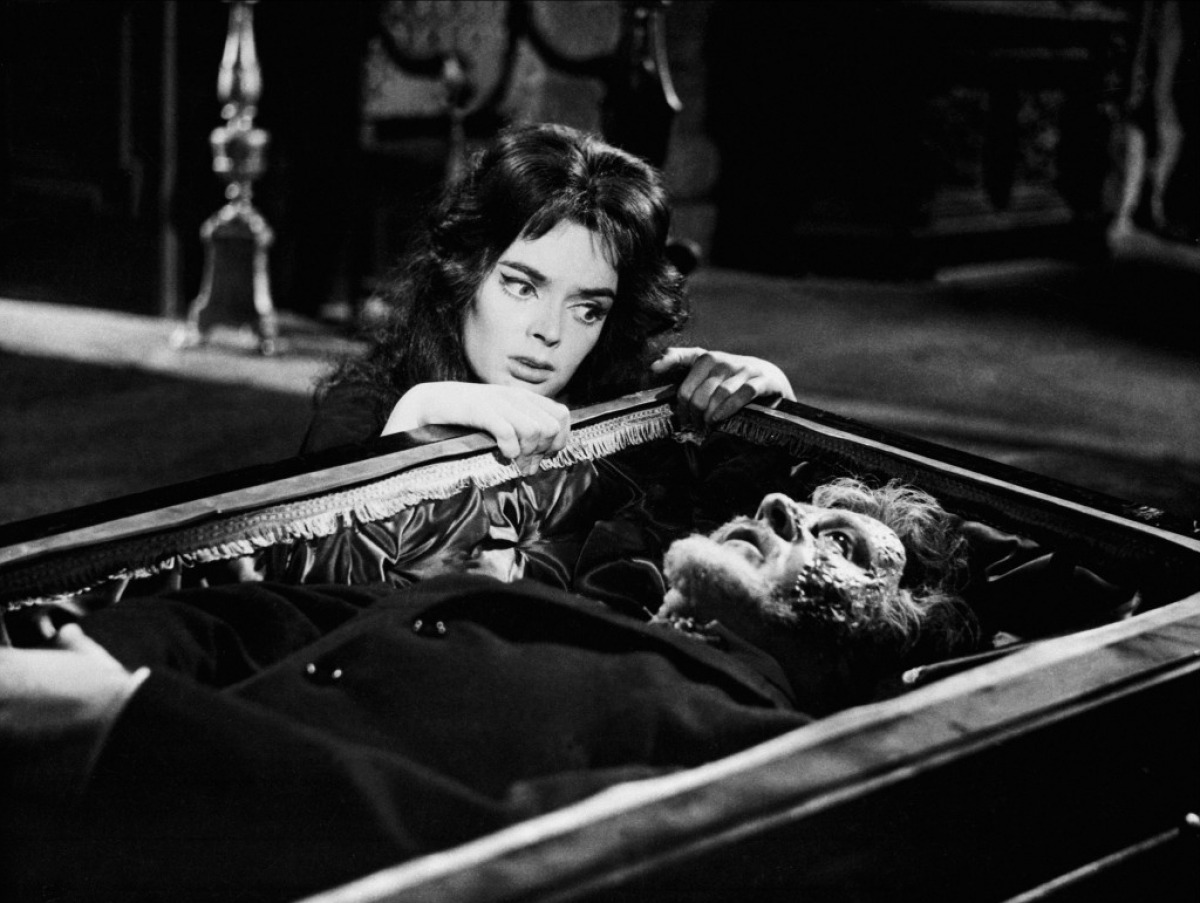
The oft imitated Italian master Mario Bava made his directorial debut with the gothic horror Black Sunday. A visual innovator with incredible instincts for atmosphere and environment, Bava, with this, his breakthrough, ushered in the Golden Age of Italian horror.
Inspired by Nikolaj Gogol’s short story “Vij,” Black Sunday was controversial for all the violence and bloodshed it depicted in its sordid tale of vampiric revenge. Actress Barbara Steele, in the dual role of Katia Vajda and Princess Asa Vajda would become a genre icon and an archetypal image of evil still paid homage to today, particularly in the films of Tim Burton.
Decadent in texture, gruesomely beautiful, and uncommonly atmospheric, Black Sunday is a masterclass in monochrome magnificence and timeless horror tradition. Rarely do depraved images of shocking sexual suggestion and hyperbolic human cruelty leave such a lasting impression on the psyche. Amazing, agitating, and inspired stuff.
15. Nosferatu (1922)
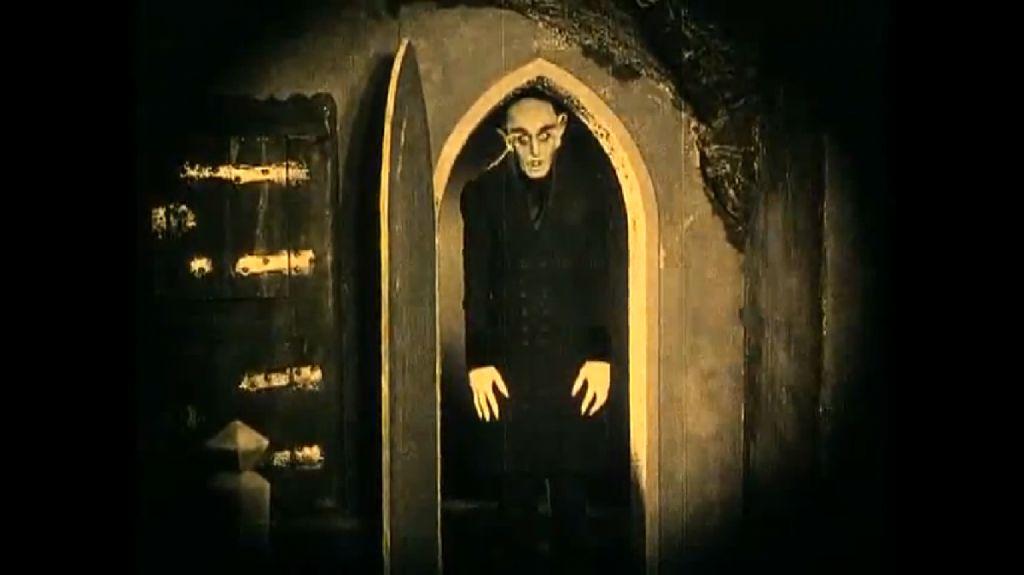
F.W. Murnau’s silent era pièce de résistance of Expressionistic horror, Nosferatu is also one of the most influential monster movies ever made. An unauthorized adaptation of Bram Stoker’s Dracula, Nosferatu stars an unforgettable Max Schreck as Count Orlock, the Transylvanian prince of darkness ready to leave the Carpathian mountains for the German city of Wisberg, bringing plague and bloodlust along with him.
Murnau’s atmospheric imagery, frequent point-of-view lensing, overt gothic symbolism, shocking juxtapositions, and weirdly lyrical visuals would become the template for all horror films to follow.
Werner Herzog would later offer his own recalibration of the film with 1979’s Nosferatu the Vampyre, and other filmmakers such as Francis Ford Coppola (1992’s Bram Stoker’s Dracula) and E. Elias Merhige (2000’s Shadow of the Vampire) are just a few of those who would be heavily influenced by Murnau’s masterwork.
14. Don’t Look Now (1973)
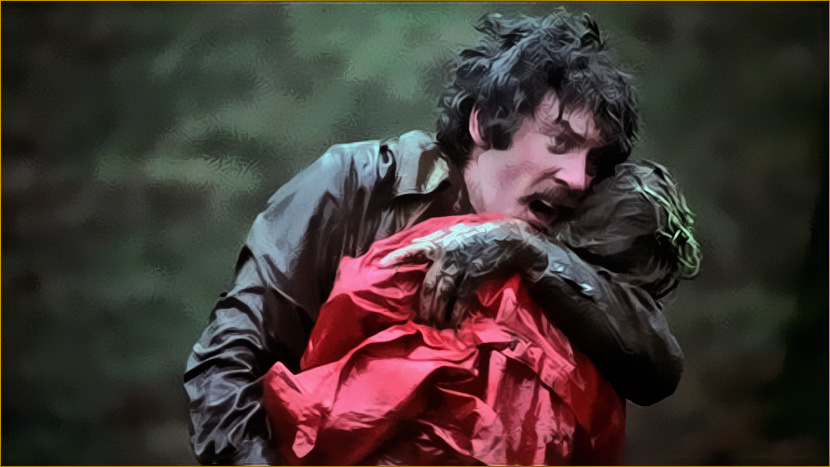
A troubling, stunning, and sensual masterpiece, Nicolas Roeg’s Don’t Look Now is an elegant tragedy and may also offer cinema’s best use of the color red.
Following the tragic death by drowning of their daughter, broken, grieving, and shattered parents John (Donald Sutherland) and Laura (Julie Christie) seek sanctuary and healing in the visually labyrinthine city of Venice. But even in so lovely a locale they cannot escape the feeling of menace, impending doom, and inescapable death.
Roeg’s signature visual style, a fragmented, haunting, and cryptic combination of abrupt cuts, and jolting juxtapositions, jumps into overdrive. Venice transforms into a watery city of ghosts, populated by apparitions, decaying churches and meandering canals. Themes of death, loss, intrigue, and eroticism hound John and Laura as nostalgia and intangible terror plague their every step.
Few films are this powerful, this dismaying, and, ultimately, this tormenting, all while being a sensory experience in crumbling grace and terrible loss. Don’t Look Now is so stunningly sensuous that it makes it impossible to turn away.
13. Eraserhead (1977)
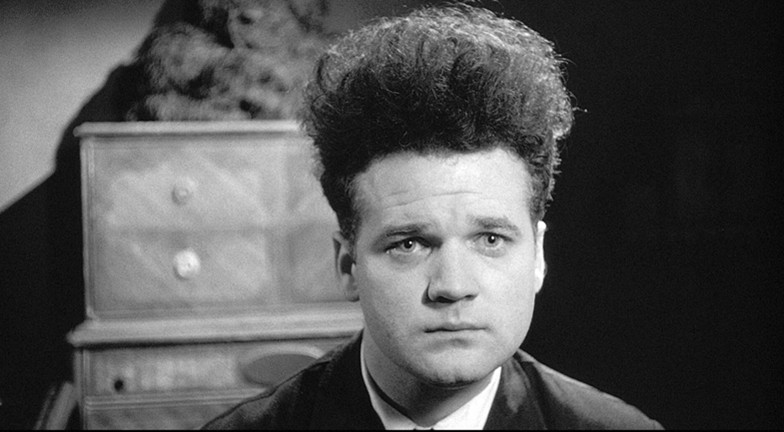
Years before the neo-noir nightmare of Blue Velvet and the small town terrors of Twin Peaks, David Lynch gave us the abrasive, bizarro, and surrealist fantasia called Eraserhead.
A pitch-black comedy that’s totally obsessed with body horror, Eraserhead stars Jack Nance as miserable factory worked Henry. Henry’s world is an industrial wasteland made bearable, somewhat, by his girlfriend, Mary X (Charlotte Stewart), who has just had a repulsive mutant child whom Henry is the proud papa of.
The black-and-white imagery Lynch displays is terrific and terribly textured, inherently eccentric, and unsettling as can be. Backed by a deeply disturbing yet elegantly haunting soundscape, Eraserhead helped define the term “Lynchian” while also providing the basis for one of the decade’s most influential and unforgettable midnight movies.
12. Eyes Without a Face (1960)
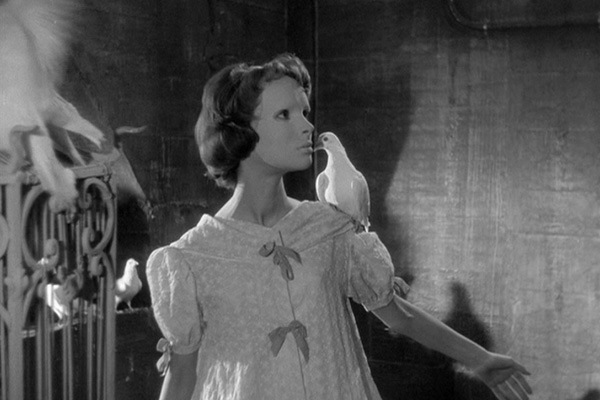
Influential filmmaker and founder of the Cinématheque Française, Georges Franju is perhaps best remembered for his uncompromising classic, the a pulpy masterpiece that plays like equal parts Edgar Allan Poe and Jean Cocteau, Eyes Without a Face.
Adapted from Jean Redon’s novel, this grotesque spectacular tells the sordid tale of guilt-stricken Dr. Génessier (Pierre Brasseur) who caused the ghastly disfigured face of his daughter, the once gorgeous Christiane (Édith Scob). Now a full-on mad scientist, Dr. Génessier and his sicko laboratory assistant Louise (Alida Valli) kidnap young women, take them back to the Génessier mansion and perform nasty medical horrors.
Franju’s fondness for graphic imagery––such as the glimpses of Christiane’s missing face and one particularly nightmarish attack from vicious dogs––make Eyes Without a Face feel incredibly postmodern. Artful digressions involving soft focus glimpses of gore paired with Maurice Jarre’s fiery score makes for a harrowing, tactile, and ostentatious cinematic experience.
11. Repulsion (1965)
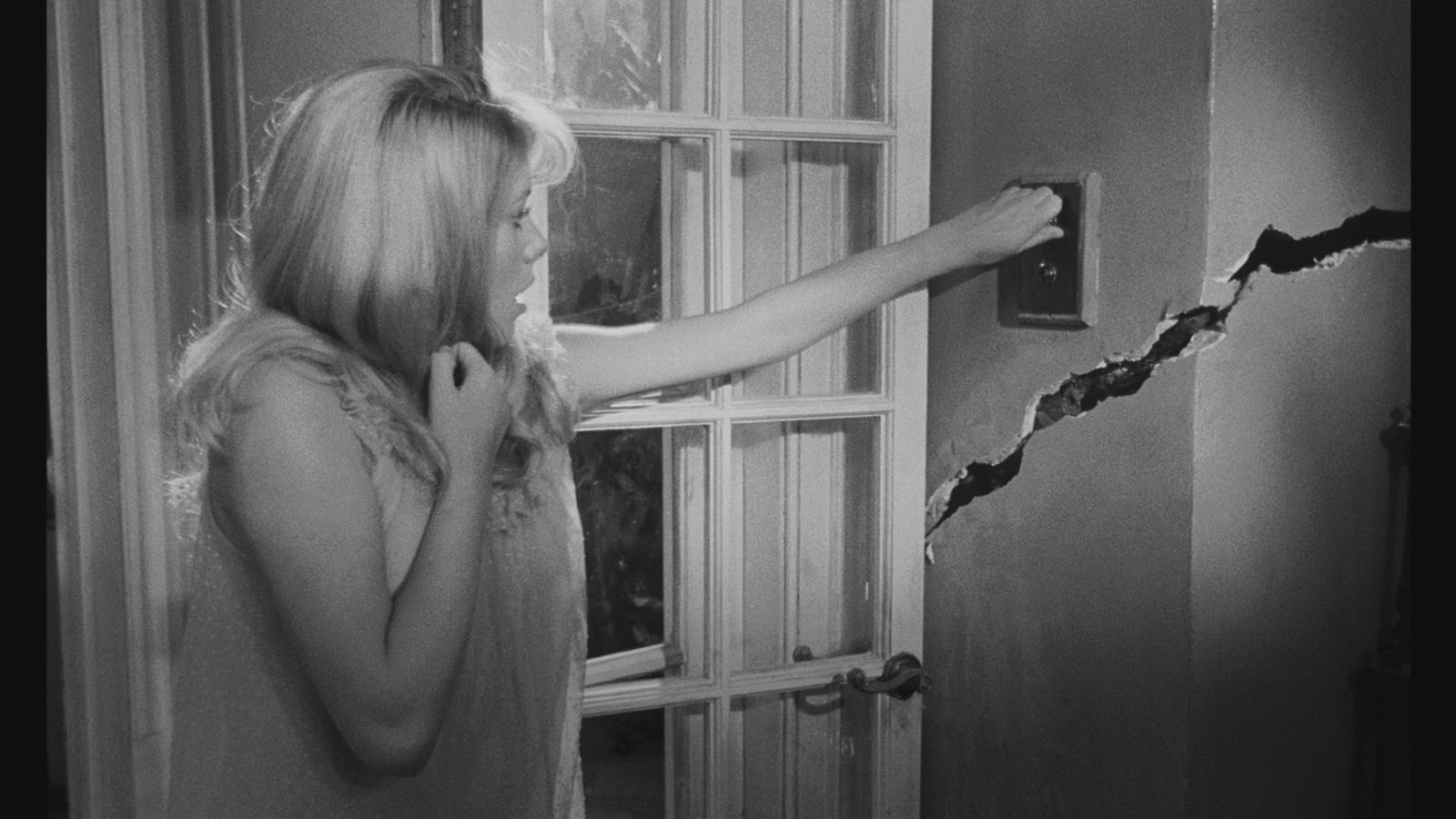
Much of Roman Polanski’s body of work could be described as disturbing and shocking and both of these adjectives are apt for describing his first film in English, still one of his very best, his evocative and macabre psychological nightmare from 1965, Repulsion.
Brilliantly cast against type, Catherine Deneuve astounds as the lovely young manicurist Carole. Afflicted with androphobia––the fear of interacting with men––Carole is practically codependent on her sister, Helen (Yvonne Furneaux), also her flatmate. When Helen leaves town for a trip with her boyfriend, Carole is left alone as her crippling anxieties and irrational fears breed hallucinatory upset, tangible madness, and could lead, inevitably, to acts of murder.
Carole’s sexual panic, made more pronounced considering Deneuve’s sex symbol status, is greatly enhanced by Polanski’s expressionistic eye for detail, his slow moving camera, the claustrophobic feeling of the flat, and the relentless pacing. Carole’s slow descent into madness is a disturbing and stunning disintegration captured with a Gothic sensibility, steeped in symbolism and calibrated to disturb and unsettle.
10. The Bride of Frankenstein (1935)
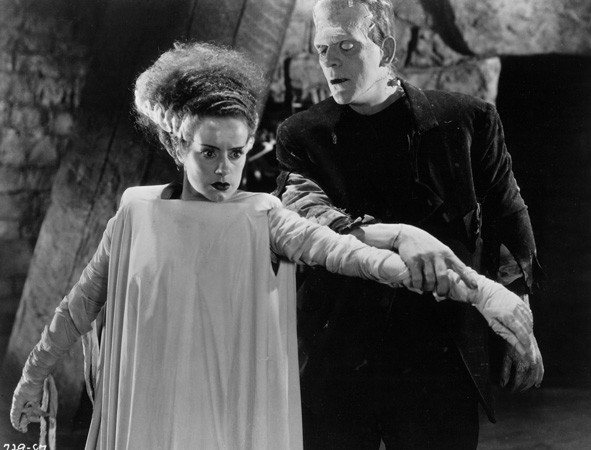
A touchstone for Universal Studios, James Whale’s follow-up to 1931’s Frankenstein outshines the original with it’s startling integration of melodrama, comedy, and terror.
Boris Karloff’s brilliant take on the Monster is matched with exasperated energy by Elsa Lanchester’s earth-shatteringly iconic turn as the titular Bride. Her visage of a mummified body, shrieking hiss, and electro-shock hairdo is one of the most applauded and memorable on-screen women of all time. Nothing can touch Lanchester and her influential portrayal will outlast every one of us.
Whale wisely continues his Mary Shelley inspired story with Karloff journeying figuratively through the underworld as archetypal imagery abounds––the crucifixion tableau is particularly effective––moving towards one of the most memorable horror movie climaxes of all time. The Bride of Frankenstein is the very crux of classic Hollywood horror cinema and is absolutely essential viewing.
9. Mulholland Dr. (2001)
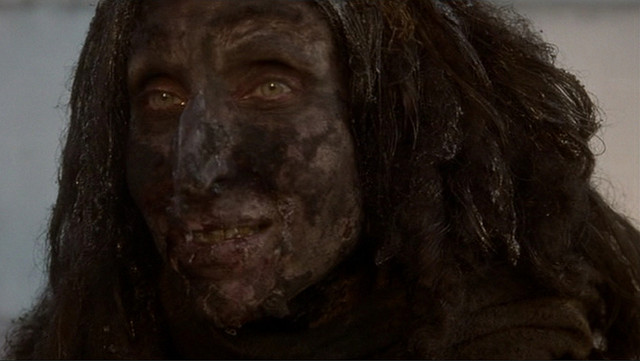
David Lynch’s signature dream logic is ecstatically displayed in the dark detours and digressions of his mind-shredding masterpiece from 2001, Mulholland Dr.
A neo-noir mystery with zigzags into full-on horror, the wholesome Betty Elms (Naomi Watts, incredible) is new to L.A. with dreams of becoming a movie star. Soon in cahoots with Rita (Laura Harring), the almost comically jejune duo soon segue into a subversive Nancy Drew-style yarn involving doppelgängers and demon-like figures and other oddballs in a Lynchian chorus of unsettling characters.
As the plot warps and winds, anxieties and fears accumulate and manifest in staccato sequences rendering in poetic and punishing tableaux. It soon becomes apparent that Mulholland Dr. may well be Betty’s death dream. Intense imagery, eerie instances, comic relief, satire of sublimated desires, hero worship and Hollywood all vie for attention and dangerous alternate realities. It’s a provocative and powerful mindfuck of a movie full of danger and dark, mysterious shadows.